Explainer: What are the scenarios and potential targets of retaliatory strike on Tel Aviv?
By Ivan Kesic
The stage is set for the retaliatory military operation against the Israeli regime in response to the cowardly assassinations of top-ranking Axis of Resistance commanders in Tehran and Beirut.
Although the nature of the retaliation and its precise timing remains shrouded in mystery, the embattled regime in Tel Aviv, already grappling with an internal political and social crisis, has been paralyzed with fear.
Illegal settlers have also been fleeing the occupied Palestinian territories in panic, anticipating a response that pales in comparison with Iran's 'Operation True Promise' that followed an attack on Iran's consulate building in the Syrian capital of Damascus in April.
There are scores of military sites in Tel Aviv that could be targeted to punish the Israeli regime for terrorist attacks that claimed the lives of Hamas political bureau leader Ismail Haniyeh and Hezbollah military commander Fuad Shukr.
Our analysis shows the most likely targets in Tel Aviv could be the centers affiliated with the Israeli spy agency Mossad, which had a key role in the assassinations of Haniyeh and Shukr.
This analysis is supported by the fact that the Ramon and Nevatim air bases of the Israeli regime were successfully targeted in the retaliatory military action in April since the warplanes that attacked the Iranian consulate in Damascus had taken off from them.
Taking that into consideration and the fact that simultaneous attacks in Tehran, Beirut and Iraq were carried out with the order and cooperation of the highest Israeli political, military and intelligence structures, their headquarters are primary targets.
The likelihood of these targets is further supported by a report by the Al-Hadath news channel, which revealed that employees of four intelligence and military agencies of the Israeli regime were evacuated on Thursday from their sites in Tel Aviv.
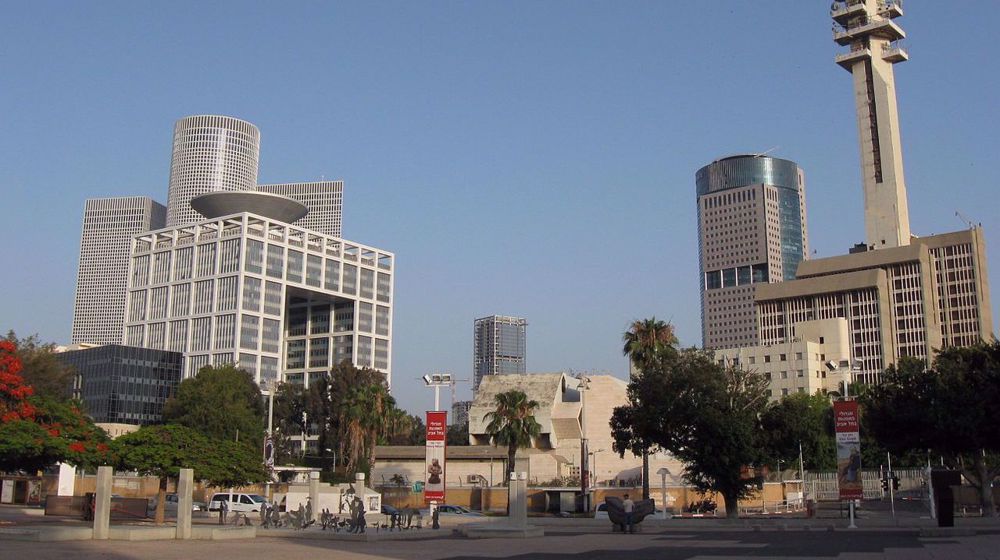
These headquarters are located in the densely populated metropolitan Tel Aviv, known as the Gush Dan, where half of the settler population of the Zionist entity lives, in contrast to the two aforementioned air bases in uninhabited desert areas.
Among them, an area of exceptional importance is Kirya, a district in central Tel Aviv, which is home to many administrative buildings and the military intelligence Camp Rabin that serves command, administrative, communications, and support functions for the Israeli military apparatus.
This camp has served as the headquarters of the armed forces of the Zionist entity since its establishment in 1948 and is encircled on all sides by densely populated civilian areas.
The main building in the camp is the Matcal Tower, which houses the offices of the top brass of the Israeli military, surrounded by other high-rise military facilities, such as the communications office Marganit Tower.
The Kirya district, known as the "Israeli Pentagon," is much larger in scope than it looks on the map or is officially recognized, due to underground facilities and classified offices in nearby areas.
Beneath the military complex is the Bor (literally pit), the heavily fortified underground national military command center that is located a few blocks away from the former prime minister's office, which has been moved now to occupied Jerusalem al-Quds.

The Bor is accessed through a large steel door that is sealed shut in the event of a non-conventional attack, and at the entrance, there is a big sign reminding visitors to remove the batteries from their cellphones before entering.
Long stairs lead deep into the operations rooms where regime officers prepare, organize and discuss future wars with their neighbors, Syria, Lebanon and Palestine, including the ongoing genocidal war against Gaza.
Even deeper, there is the chief of general staff’s conference room with a U-shaped table and a wall lined with plasma TV screens, where top officers meet almost weekly for highly classified discussions and a review of operational plans.
This facility is relatively well protected from attacks by short-range missiles, cruise missiles and kamikaze drones, but not from larger ballistic missiles with deep penetration power and a one-ton high-explosive warhead, so it is a high-value target.
Headquarters of intelligence services are classified, without official addresses, and most often masqueraded as civil function buildings.
In recent decades, the Israeli regime authorities have started selling land in Kirya, on which many "multipurpose" high-rises have been built, due to its attractive location in the center of the city.
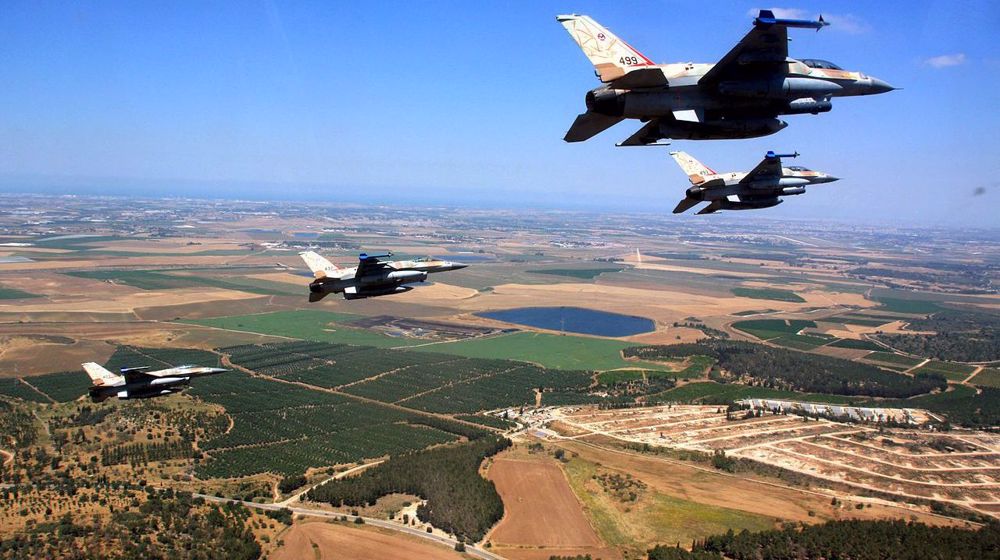
This "multi-purpose" most often implies the regime and some other function, with the former containing multi-levels of the regime, military and intelligence offices.
The wider metropolitan area of Tel Aviv is also home to numerous factories, military bases and other regime buildings that can be the target of retaliatory strikes.
At least three large military facilities on the edges of the Tel Aviv metropolitan area are also possible targets, especially in case of new Israeli attacks and further escalation.
First among them is the operational headquarters of military intelligence unit 8200, located in the north near the city of 'Herzliya', where the collected information is processed and further forwarded to military strategists and other Israeli intelligence agencies.
Another site is Palmachim Airbase, located a few kilometers south of the metropolitan area, the main base for the Israeli regime's drone, missile and space programs.
Finally, there is also a vast military zone around the Tel Nof and Sdot Micha air-missile bases, between Tel Aviv and occupied Jerusalem al-Quds, where numerous squadrons, special forces, missile silos and bunkers, arms warehouses, including nuclear warheads, are stationed.
Hamas: Israel escalating ceasefire violations in Gaza
Venezuela's government declares unwavering unity behind Maduro
VIDEO | Global outcry over Venezuela president abduction
Iran keeps wheat import subsidies despite cutting other food supports
Venezuelan military stands with acting president after US kidnapping of Maduro
VIDEO | Press TV's news headlines
VIDEO | Protesters in Toronto slam US kidnapping of Venezuelan president
Israeli troops detain, intimidate Palestinian toddler in West Bank









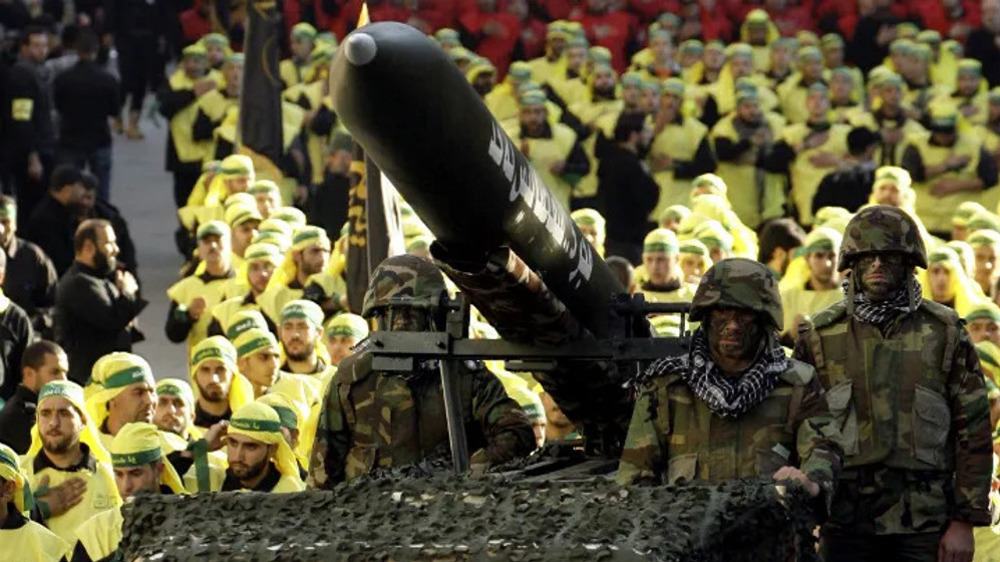
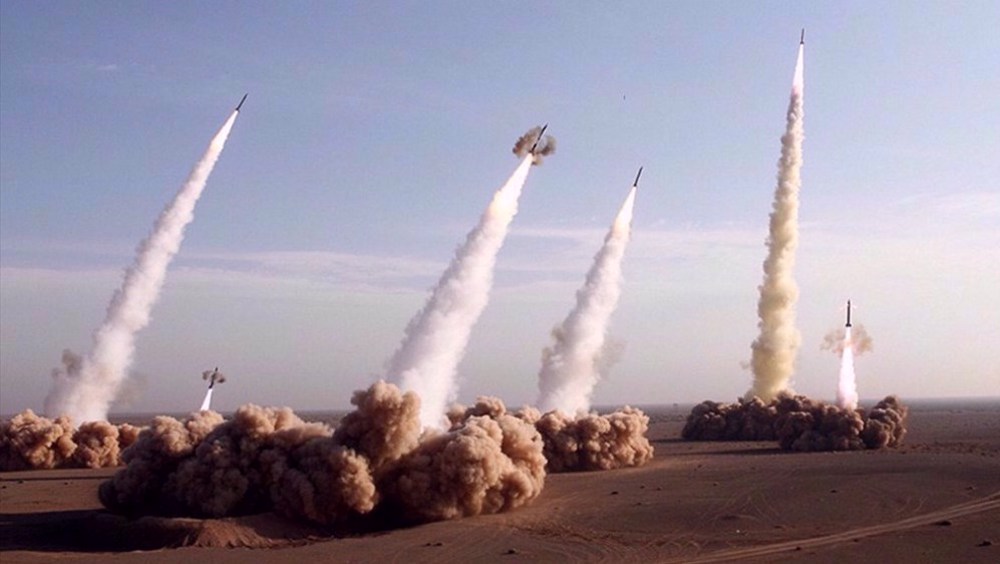

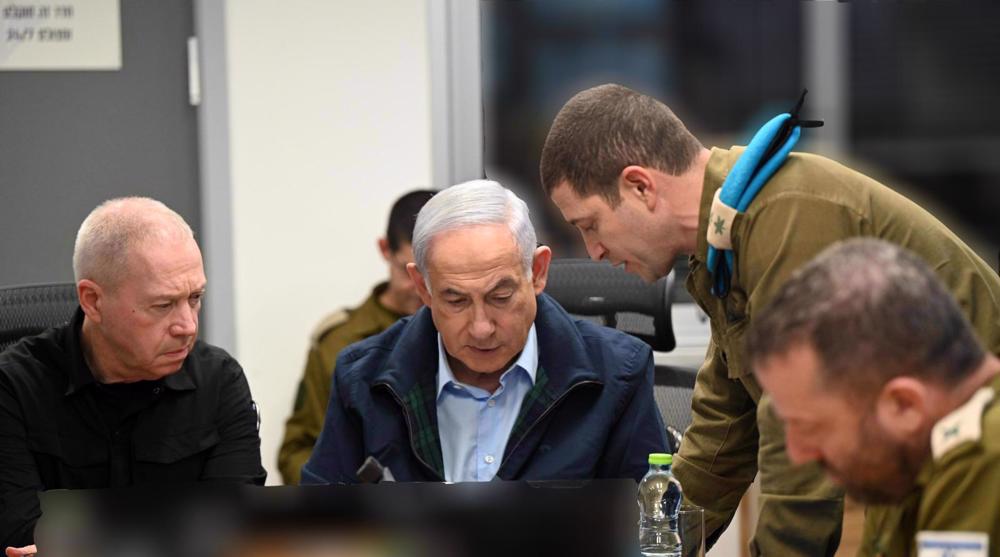
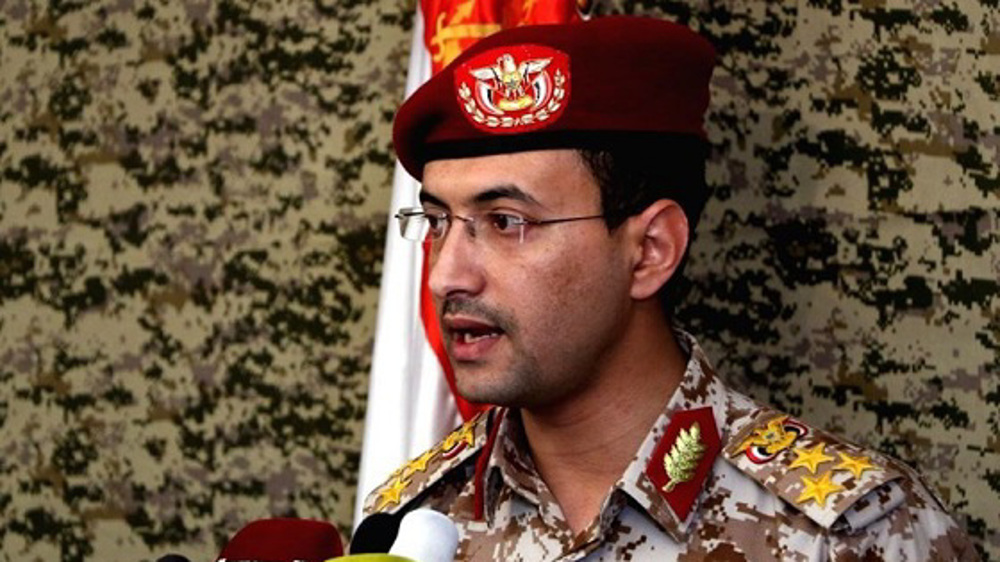

 This makes it easy to access the Press TV website
This makes it easy to access the Press TV website